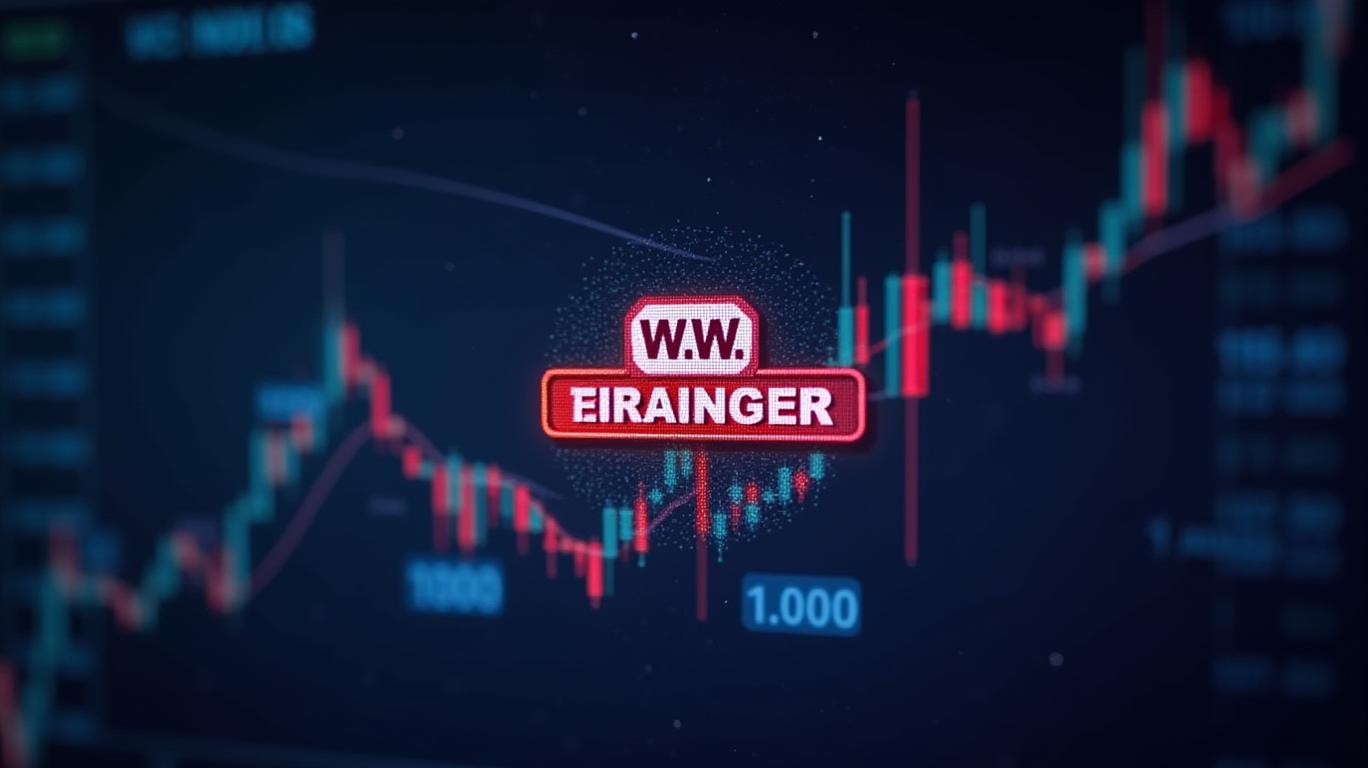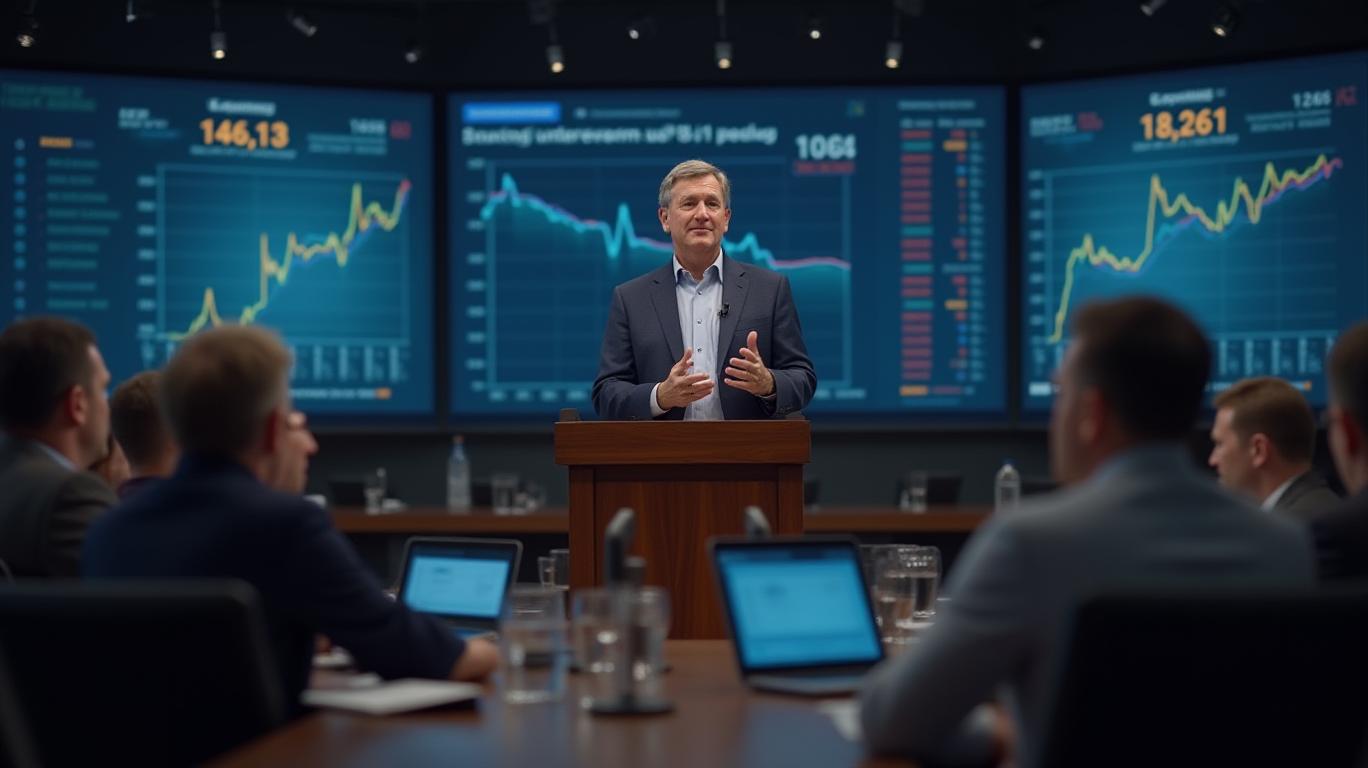Grainger Navigates Mixed Q1 Results Amid Strategic Shifts
W.W. Grainger (GWW), a global leader in industrial supply distribution, delivered a cautiously optimistic first-quarter 2025 report, balancing modest revenue growth with resilient profit margins. While the company’s net income rose slightly year-over-year, its stock price and strategic priorities underscore a broader narrative of adaptation in an era of rising operational costs and evolving customer demands.
Financial Highlights: A Tightrope Walk
Grainger reported net income of $479 million, or $9.86 per share, a marginal increase from the prior-year quarter’s $9.62 per share. This beat consensus estimates of $9.51, driven by cost discipline and selective pricing. However, revenue of $4.31 billion fell short of expectations, edging up just 1.7% from Q1 2024. The miss highlights lingering headwinds, including elevated material and freight costs, which compressed margins.
Despite the revenue stumble, Grainger’s shares have outperformed its industry peers, climbing 9.1% year-to-date, while the broader MRO sector declined. This divergence suggests investors are betting on the company’s long-term strategy to offset near-term pressures.
Segment Strength and Strategic Bets
Grainger’s High-Touch Solutions North America segment emerged as a bright spot, fueled by growth in commercial, transportation, and heavy manufacturing. This division, which prioritizes personalized service for large industrial clients, reflects Grainger’s focus on high-margin, relationship-driven sales. Meanwhile, the Endless Assortment segment—driven by its e-commerce platform MonotaRO—reported strong customer acquisition and repeat purchases. Management expects this segment to grow 6.3% year-over-year, underscoring its role as a key driver of future scalability.
The Cost Conundrum
Despite these successes, Grainger faces a critical challenge: sustaining profitability amid rising expenses. Higher freight costs, technology investments, and supply chain complexities are squeezing gross margins. While the company has mitigated some impacts through price increases and automation, these measures may not fully offset inflationary pressures. The full-year 2025 EPS guidance of $39.00–$41.50 assumes steady execution, but analysts remain cautious, citing Grainger’s mixed track record of meeting revenue targets.
Investor Takeaway: Growth vs. Value
Grainger’s results paint a company in transition. Its investments in e-commerce infrastructure and digital tools—such as AI-driven inventory management—are designed to future-proof its competitive edge. However, these initiatives require upfront capital, which could strain cash flows unless revenue growth accelerates.

The stock’s recent performance signals investor confidence in Grainger’s ability to navigate these trade-offs. Yet risks remain: if cost pressures escalate or demand in cyclical industries weakens, the company’s guidance could come under pressure.
Conclusion
Grainger’s Q1 results underscore a strategic balancing act. While its focus on high-margin services and e-commerce innovation positions it well for long-term growth, near-term profitability hinges on managing costs without stifling customer satisfaction. The stock’s outperformance relative to its peers—despite the revenue miss—suggests investors are prioritizing Grainger’s structural advantages over short-term volatility.
With $17.6–$18.1 billion in full-year revenue guidance, Grainger aims to capitalize on its dual-growth model. If the Endless Assortment segment’s 6.3% sales growth materializes and margin pressures ease, the company could outperform its EPS target. Yet, the path forward is narrow: even a modest revenue shortfall could test investor patience. For now, Grainger remains a bellwether for industrial supply resilience—but the road to sustained outperformance is far from smooth.


_442a2dcc1749832873286.jpeg)
_e68fac6d1749831664430.jpeg)






